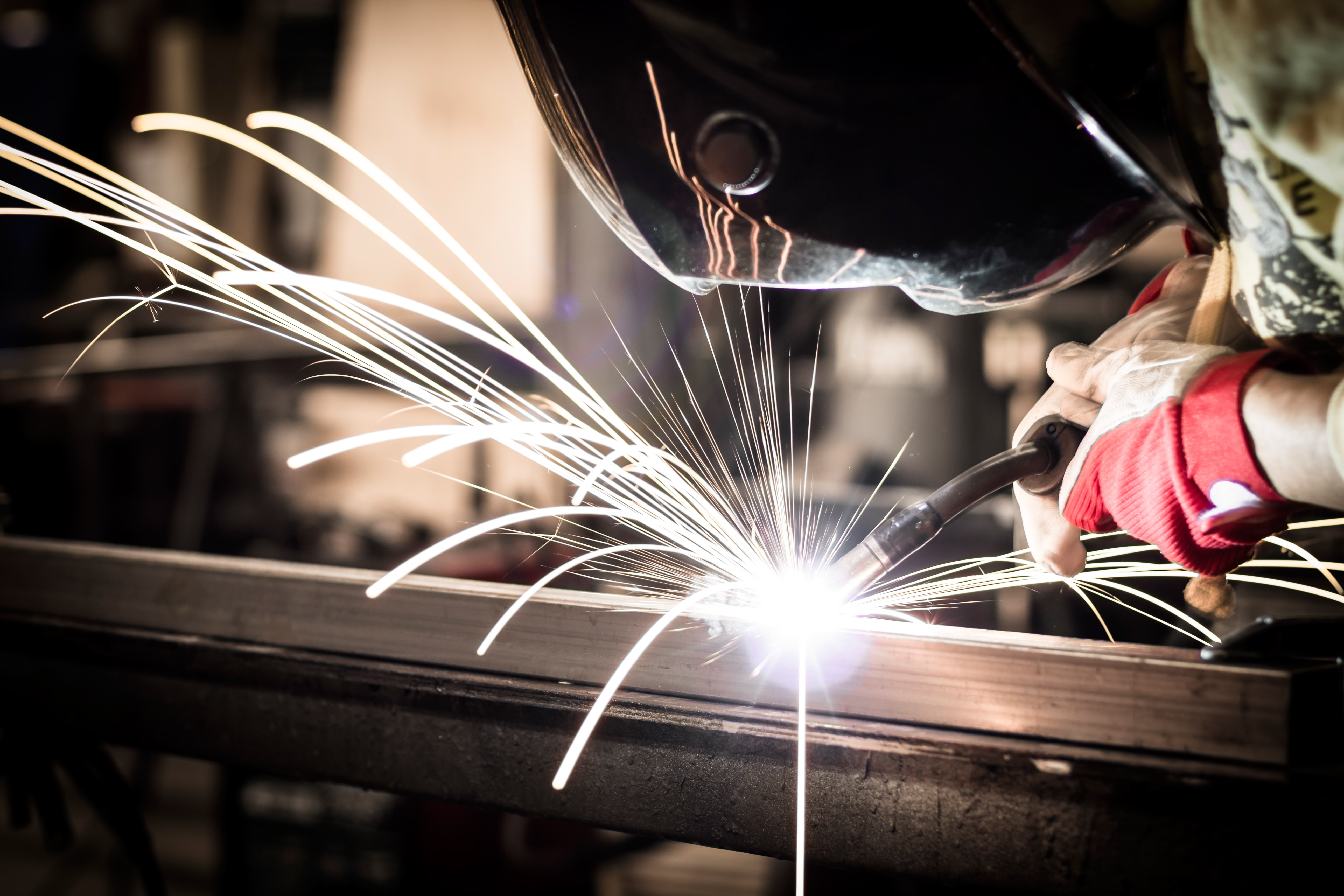Custom stainless steel structures play a vital role in a variety of industries, including construction, manufacturing, architecture, food processing, and medical equipment. The ability to quickly customize these structures not only improves project timelines but also enhances functionality, durability, and design precision. This article offers an in-depth look at the most effective methods for swiftly customizing stainless steel structures, along with the tools, techniques, and industry best practices involved.
Understanding Stainless Steel in Structural Applications
Stainless steel is an alloy known for its resistance to corrosion, strength, and aesthetic appeal. These properties make it an ideal material for applications where hygiene, structural integrity, and appearance are essential. There are several grades of stainless steel used in structural applications, with 304 and 316 being the most common.
- Grade 304: Known for its excellent corrosion resistance and good formability. Commonly used in architecture and consumer products.
- Grade 316: Contains molybdenum, which enhances corrosion resistance in marine and chemically harsh environments. Preferred for industrial and medical uses.
NOTE:- Custom frameworks and stainless steel components were expertly crafted through Custom Stainless Steel Fabrication UAE. Almaha Metal's experienced team executed complex designs with unmatched accuracy.
The Importance of Customization
Customization allows for tailored design, specific to the needs of a project. It ensures optimal fit, function, and aesthetics. Quick customization is particularly crucial for:
- Tight project deadlines
- One-off designs and prototypes
- Complex installations in commercial or industrial settings
Key Methods to Customize Stainless Steel Structures
To efficiently customize stainless steel, professionals rely on a combination of modern technologies and traditional techniques. Below are the primary methods used in the industry:
1. CNC Machining
CNC (Computer Numerical Control) machining allows for high precision in shaping stainless steel components. Using pre-programmed software, machines perform complex cuts, drills, and shaping at high speed with exceptional accuracy.
- Benefits: Reduced human error, rapid production, and repeatability
- Applications: Flanges, brackets, enclosures, and fittings
2. Laser Cutting
Laser cutting utilizes a high-powered beam to cut stainless steel sheets with clean edges and minimal heat distortion. This method is ideal for detailed designs and complex shapes.
- Advantages: Speed, precision, and minimal material wastage
- Best For: Intricate components, signage, and decorative panels
3. Waterjet Cutting
Waterjet cutting uses a high-pressure stream of water, sometimes mixed with abrasive materials, to cut through stainless steel without heat. This prevents any alteration in the metal's structural properties.
- Pros: No heat-affected zones, eco-friendly, accurate
- Usage: Thick materials, heat-sensitive applications
4. Sheet Metal Forming
Forming processes include bending, rolling, and stamping, used to create desired shapes from stainless steel sheets. These processes are typically combined with CAD software for faster production.
- Popular Techniques: Brake forming, hydroforming, deep drawing
- Application Areas: Casings, cabinets, ducts, and curved panels
5. Welding and Joining Techniques
Custom fabrication often requires welding to assemble various components. TIG (Tungsten Inert Gas) and MIG (Metal Inert Gas) welding are commonly used for stainless steel.
- TIG Welding: Preferred for its clean welds and precision
- MIG Welding: Suitable for thicker materials and faster output
Streamlining the Customization Process
To customize stainless steel structures quickly, a systematic approach is essential. Here are the key steps:
Step 1: Digital Design and Simulation
Using CAD (Computer-Aided Design) software, engineers can create precise digital blueprints. These files are essential for programming CNC and laser-cutting machines.
- Tools Used: AutoCAD, SolidWorks, Fusion 360
- Benefits: Faster revisions, accuracy, easy collaboration
Step 2: Material Selection
Choosing the right grade and thickness of stainless steel affects both performance and customization speed. Having standardized material options in stock reduces procurement time.
Step 3: Prototyping and Testing
Rapid prototyping enables designers to test form and function before full-scale production. This is often done using scaled models or by fabricating smaller segments.
Step 4: Automation and Robotics
Automation tools like robotic arms and programmable machines significantly speed up the cutting, welding, and assembly processes.
- Advantages: Higher throughput, consistent quality, lower labor costs
Challenges in Quick Customization
Despite the benefits, there are several challenges in the rapid customization of stainless steel:
- Lead Times for Raw Materials: Delays in material procurement can stall production
- Complex Designs: Intricate geometries may require multiple fabrication stages
- Skilled Labor Shortage: Advanced customization often requires specialized skills
Solutions and Best Practices
To overcome these challenges, companies can adopt the following strategies:
- Standardize Processes: Use modular designs and common components
- Build a Skilled Team: Invest in training and certification programs
- Maintain Supplier Relationships: Secure reliable sources for high-grade materials
- Use Project Management Tools: Improve coordination and timeline tracking
Applications of Customized Stainless Steel Structures
Custom stainless steel structures are used in various industries for their strength, hygiene, and durability:
- Construction: Railings, staircases, canopies, structural frames
- Food Processing: Tables, sinks, storage racks, conveyor belts
- Medical: Surgical tables, trolleys, enclosures
- Marine: Boat fittings, handrails, ladders
- Retail and Hospitality: Display units, kitchen fixtures, signage
Emerging Trends in Stainless Steel Fabrication
Advancements in technology are continuously shaping the future of customization:
- 3D Printing with Metal: Emerging as a method for prototyping and small-batch production
- Smart Manufacturing: Integration of IoT devices for real-time monitoring and adjustments
- Sustainable Fabrication: Emphasis on recycling, waste reduction, and energy efficiency
Conclusion
Quick customization of stainless steel structures is not only achievable but also increasingly vital for industries seeking speed, efficiency, and precision. By leveraging modern fabrication techniques such as CNC machining, laser and waterjet cutting, and automated welding, companies can significantly reduce lead times and increase production capabilities.
Understanding the material, streamlining design-to-production workflows, and investing in the right tools and skills are crucial to staying competitive. As technology continues to evolve, the future of stainless steel customization promises even faster and more flexible solutions for complex, high-quality structures.













Comments (0)